Many car and motorbike models currently in circulation are at risk of being discontinued if they do not meet new regulations expected to be applied in the near future.
Big challenges for the automobile and motorbike industry
According to Decision No. 876/QD-TTg issued by the Prime Minister on July 22, 2022, approving the action program on green energy conversion and carbon and methane emissions reduction in the transport sector, Vietnam has set a goal of applying fuel consumption limits for road motor vehicles according to a clear roadmap, in order to reduce greenhouse gas emissions and protect the environment.
To realize this goal, the Ministry of Transport (now the Ministry of Construction ) issued Decision No. 1191/QD-BGTVT dated September 30, 2024 on the plan to reduce greenhouse gas emissions in the transport sector by 2030; including the implementation of "Measure E17" - limiting fuel consumption for newly manufactured, assembled and imported motor vehicles.
According to the plan, by 2030, 100% of motorbikes sold in the Vietnamese market must meet the fuel consumption standard of 2.3 liters/100km. For newly manufactured, assembled and imported cars sold on the market, fuel consumption will be classified according to engine capacity.
Specifically, passenger cars with engine capacity under 1,400cc must reach 4.7 liters/100km; passenger cars with engine capacity from 1,400 - 2,000cc must reach 5.3 liters/100km; passenger cars with engine capacity over 2,000cc must reach 6.4 liters/100km.
The application rates for new vehicles will be 30% in 2027, 50% in 2028, 75% in 2029 and 100% in 2030. This means that models that do not meet fuel consumption standards will be eliminated from the market, especially affecting car manufacturers specializing in luxury cars or cars with large engine capacity.
According to the Department of Science , Technology, Environment and Construction Materials (Ministry of Construction), fuel consumption standards to be issued this year will be the basis for businesses to review and adjust their products in a timely manner before mandatory application.
According to a joint study between the Central Institute for Economic Management (CIEM) and the Institute of Transport Science and Technology (ITST), if Measure E17 is applied, up to 97% of current internal combustion engine (ICE) car models will not meet the regulations and will be forced to stop production or stop importing, only 3% of the car models that meet the regulations are hybrid models. This will lead to a risk of reducing the number of cars and motorbikes using gasoline sold annually by up to 77% and 78.8%, respectively.
The decline in the production of cars under 9 seats and motorbikes produced and imported will directly affect the state budget revenue from taxes and fees. Specifically, the total state budget revenue if E17 (MEPS) is applied will decrease by an average of 188.7 trillion VND/year.
Of which, state budget revenue from domestically produced cars decreased by 56.64 trillion VND; state budget revenue from imported cars decreased by 99.5 trillion VND; revenue from domestically produced motorbikes decreased by 10.7 trillion VND; state budget revenue from imported motorbikes decreased by 21.8 trillion VND.
Choosing the right fuel consumption management model
In that context, the question is: Which fuel consumption management model should Vietnam apply – MEPS or CAFC? According to industry experts, MEPS stipulates a minimum fuel consumption threshold for each vehicle type, which is considered a rigid and inflexible approach. In contrast, CAFC (Corporate Average Fuel Consumption) – the model being applied by most countries, calculates the average fuel consumption of the entire fleet of vehicles sold by a manufacturer, giving manufacturers more flexibility in their product portfolio.
According to Mr. Dinh Trong Khang - Deputy Director of the Institute of Environmental Science (Institute of Transport Science and Technology), China initially used MEPS to eliminate old technology vehicles, but later switched to applying both MEPS and CAFC in parallel to improve policy effectiveness.
Most of the leading countries that have implemented regulations on fuel consumption for motor vehicles such as Europe, Japan, Korea, Australia, the US... all apply the CAFC management model. He recommended that Vietnam should consider carefully to avoid following the "mistake" of the inflexible model.
CAFC allows manufacturers to sell a wide range of vehicles while maintaining average fuel consumption within the permitted limits. This model not only facilitates the development of fuel-saving technology, but also ensures that consumers still have the right to choose the type of vehicle that best suits their individual needs.
Mr. Nakano Keita, Chairman of the Vietnam Automobile Manufacturers Association (VAMA), said: “Applying CAFC helps achieve environmental goals while maintaining the growth of the automobile industry, stabilizing employment and budget revenue.”
To ensure the emission reduction target is achieved by 2030, VAMA proposes a roadmap to apply regulations on the CAFC management model for automobiles with specific milestones: 6.7 liters/100km by 2027, 6.5 liters/100km by 2028, 6.3 liters/100km by 2029, and 6 liters/100km by 2030.
The credit mechanism in CAFC also allows businesses to offset fuel limits: car companies with fuel consumption exceeding the standard must buy credits from other companies with lower fuel consumption. This contributes to the formation of a carbon credit market in the transport sector - a sustainable development trend.
According to experts, in the context that the electric and hybrid vehicle market in Vietnam is still in its infancy, choosing the CAFC model is considered a balanced solution between the goals of reducing emissions, protecting the environment and developing the domestic automobile industry.
The application of fuel consumption limits is an inevitable trend in the context of global climate change. However, choosing a suitable management method such as CAFC instead of MEPS will help Vietnam protect the environment, promote technological innovation and ensure economic stability - a strategic step to achieve the goal of net zero emissions by 2050./.
According to VNA
Source: https://baothanhhoa.vn/nhieu-mau-xe-co-nguy-co-dung-ban-o-viet-nam-do-muc-tieu-thu-nhien-lieu-246196.htm



![[Photo] Prime Minister Pham Minh Chinh chairs the sixth meeting of the Red River Delta Coordination Council](https://vphoto.vietnam.vn/thumb/1200x675/vietnam/resource/IMAGE/2025/9/20/310e73a867174433b2c489ec309c9063)
![[Photo] Secret Garden will appear in Nhan Dan Newspaper's Good Morning Vietnam 2025 project](https://vphoto.vietnam.vn/thumb/1200x675/vietnam/resource/IMAGE/2025/9/19/cec307f0cfdd4836b1b36954efe35a79)

![[Photo] Spreading Vietnamese culture to Russian children](https://vphoto.vietnam.vn/thumb/1200x675/vietnam/resource/IMAGE/2025/9/19/0c3a3a23fc544b9c9b67f4e243f1e165)























![[Photo] Sea turtle midwives](https://vphoto.vietnam.vn/thumb/1200x675/vietnam/resource/IMAGE/2025/9/19/9547200fdcea40bca323e59652c1d07e)

























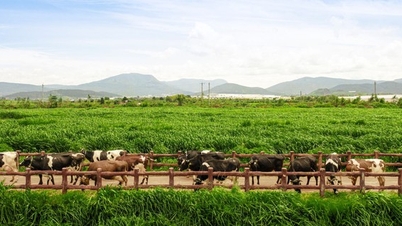


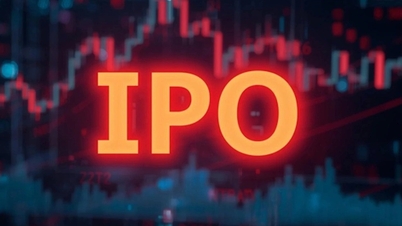




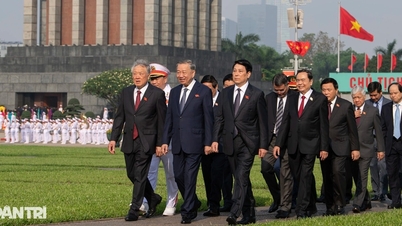





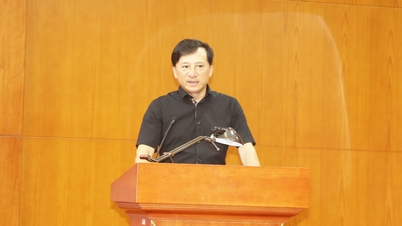



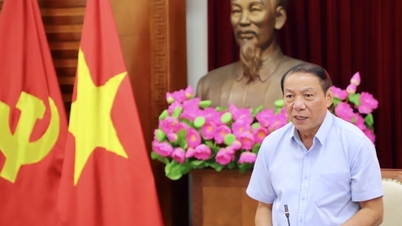
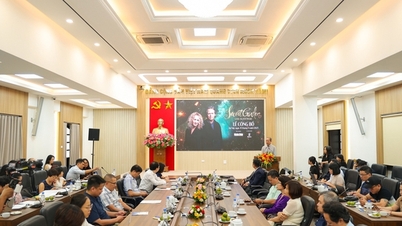












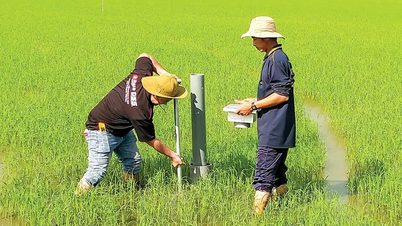



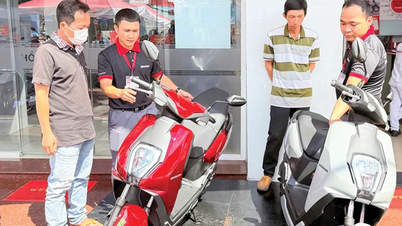





Comment (0)